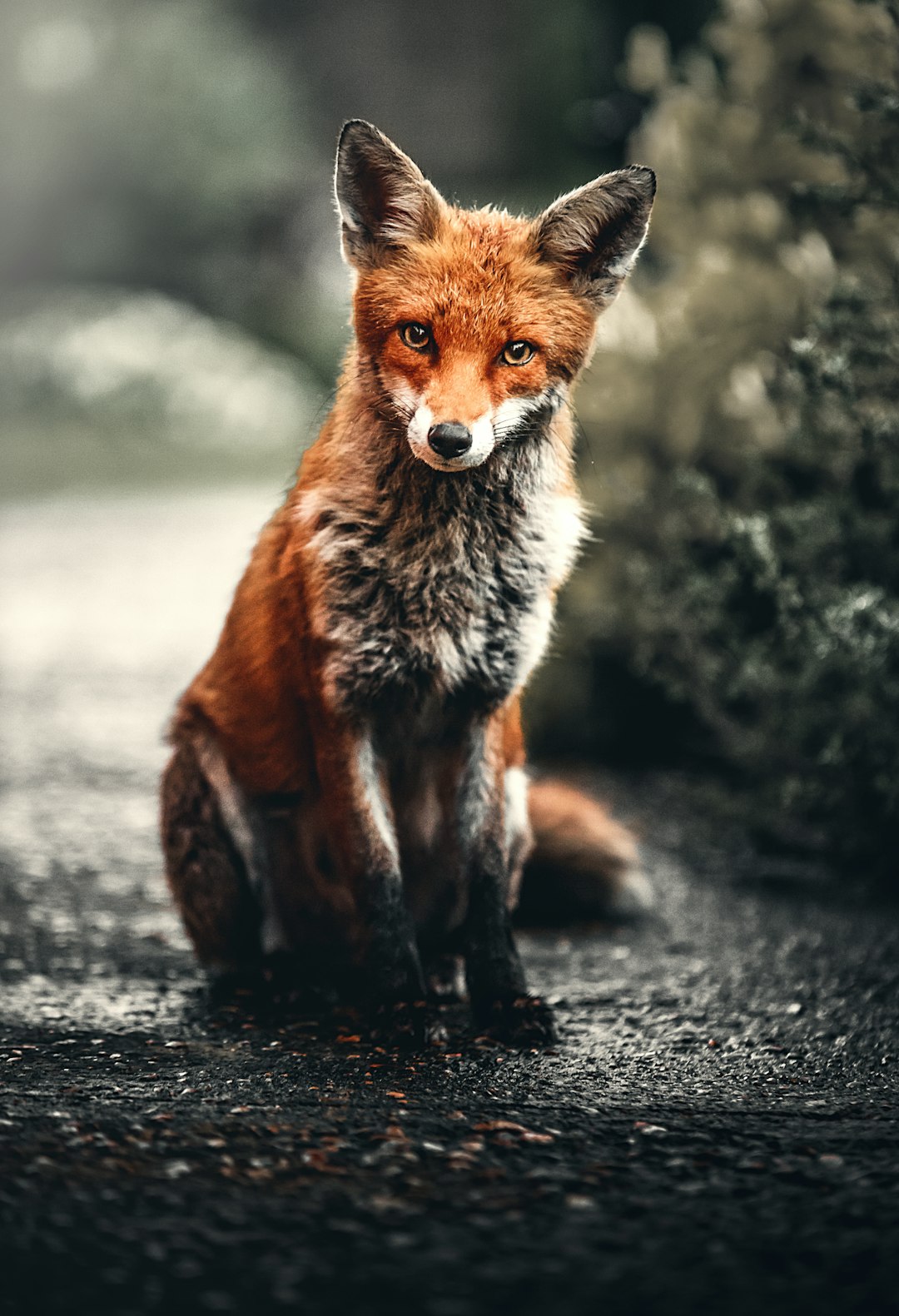From Deserts to Oceans: A Look at the World’s Most Exceptional Camouflaged Animals
Nature is filled with wonders, and one of the most intriguing phenomena is the ability of certain animals to blend seamlessly into their surroundings. Camouflage is a remarkable adaptation that enables animals to hide from predators or stalk their prey without being detected. From deserts to oceans, the animal kingdom boasts an array of creatures that excel at this art of deception. Let’s take a closer look at some of the world’s most exceptional camouflaged animals.
In the vast deserts of Africa, the iconic African leopard showcases its remarkable ability to disappear into the landscape. Its coat, adorned with rosettes, perfectly mimics the shifting patterns of sunlight and shadows falling on the arid sands. This extraordinary camouflage grants the leopard the element of surprise, allowing it to get close to its prey undetected.
Another master of desert camouflage is the fennec fox, native to the Sahara. With its long ears and sandy-colored fur, this tiny fox becomes virtually invisible against the dunes. Its impeccable concealment not only protects it from predators but also assists in hunting small mammals and insects. The fennec fox is a true testament to how Mother Nature has equipped animals with the ability to adapt and survive in harsh environments.
Venturing into the dense rainforests, we encounter the vibrant world of chameleons. These peculiar creatures are renowned for their ability to change color, blending in effortlessly with the surrounding foliage. Whether they are attempting to avoid predators or ambushing their next meal, chameleons have perfected the art of camouflage. Their skin cells contain pigments and specialized cells called chromatophores, which allow them to alter their coloration in a matter of seconds. Witnessing a chameleon’s transformation is like observing a living masterpiece.
In the murky depths of the oceans, where light barely reaches, the creatures that dwell below have developed their own intricate camouflage techniques. The mimic octopus, for instance, is a true shape-shifter. It can alter its body texture and mimic the appearance of other marine animals, such as flatfish, sea snakes, or lionfish. By adopting the appearance of a toxic creature, the mimic octopus deters potential predators from attacking. Its stunning ability to mimic various forms is a testament to the diversity and complexity of animal adaptations.
Another fascinating ocean dweller is the seahorse. With its elongated snout and bumpy skin, the seahorse effortlessly blends into coral reefs and seagrass meadows. Its unique body shape mimics the swaying movement of the surrounding plants, making it nearly impossible for predators to spot. The seahorse’s camouflage strategy showcases how adaptation is not limited to coloration alone, but can also involve mimicry of behavior and physical characteristics.
Moving from the dry land to icy terrains, we encounter the Arctic fox. This incredible creature has evolved to blend seamlessly with the snowy landscape, offering it the advantage of stealth in the hunt for its prey. During winter, its bright white coat provides exceptional camouflage, while in summer, it changes to a more brownish color to merge with the tundra’s rocky patches. The Arctic fox’s remarkable ability to adapt its color to the changing seasons contributes to its survival in this harsh environment.
The examples provided are merely a glimpse into the vast array of camouflaged animals found around the world. Camouflage serves as a crucial survival mechanism, enabling animals to either evade predation or enhance their hunting prowess. As we explore the world’s diverse ecosystems, it is awe-inspiring to witness the incredible ways in which animals have evolved to blend seamlessly into their surroundings.
Nature’s ability to create such exceptional camouflage is a testament to the wonders of evolution. These animals not only captivate us with their ability to remain hidden but also remind us to appreciate the complexity and beauty that lies within the natural world. Whether it’s a leopard in the desert or a seahorse in the ocean, these camouflaged creatures are a living testament to the remarkable diversity and adaptability of life on our planet.

